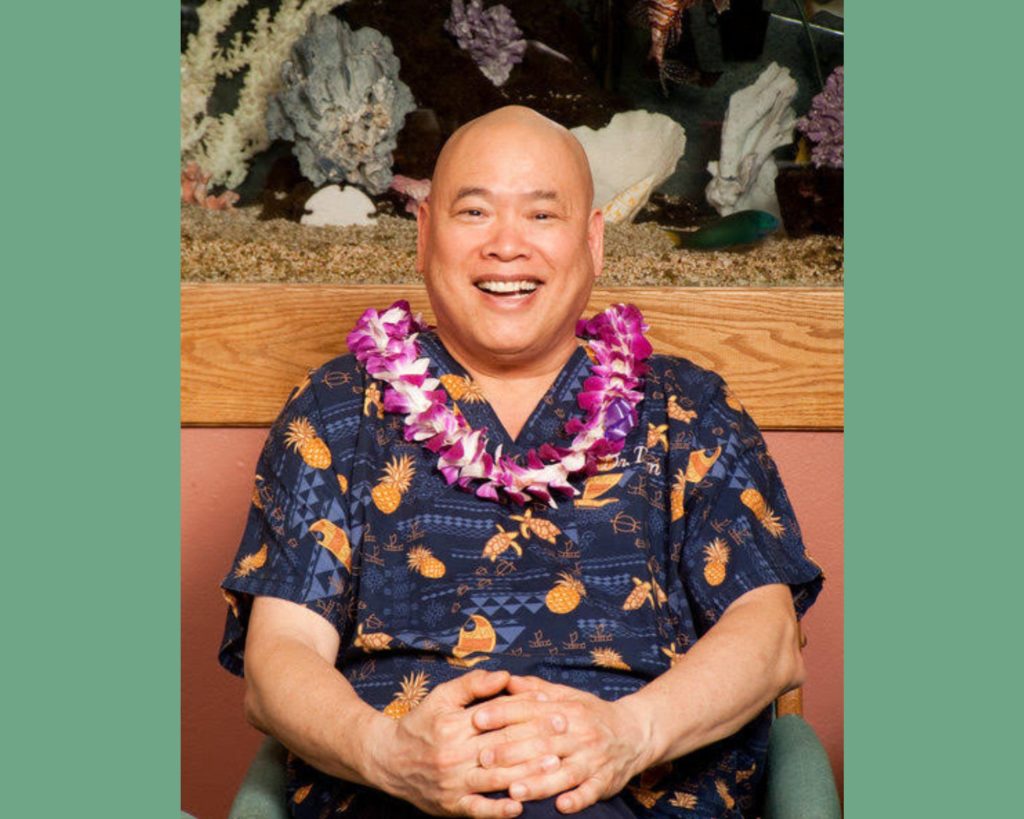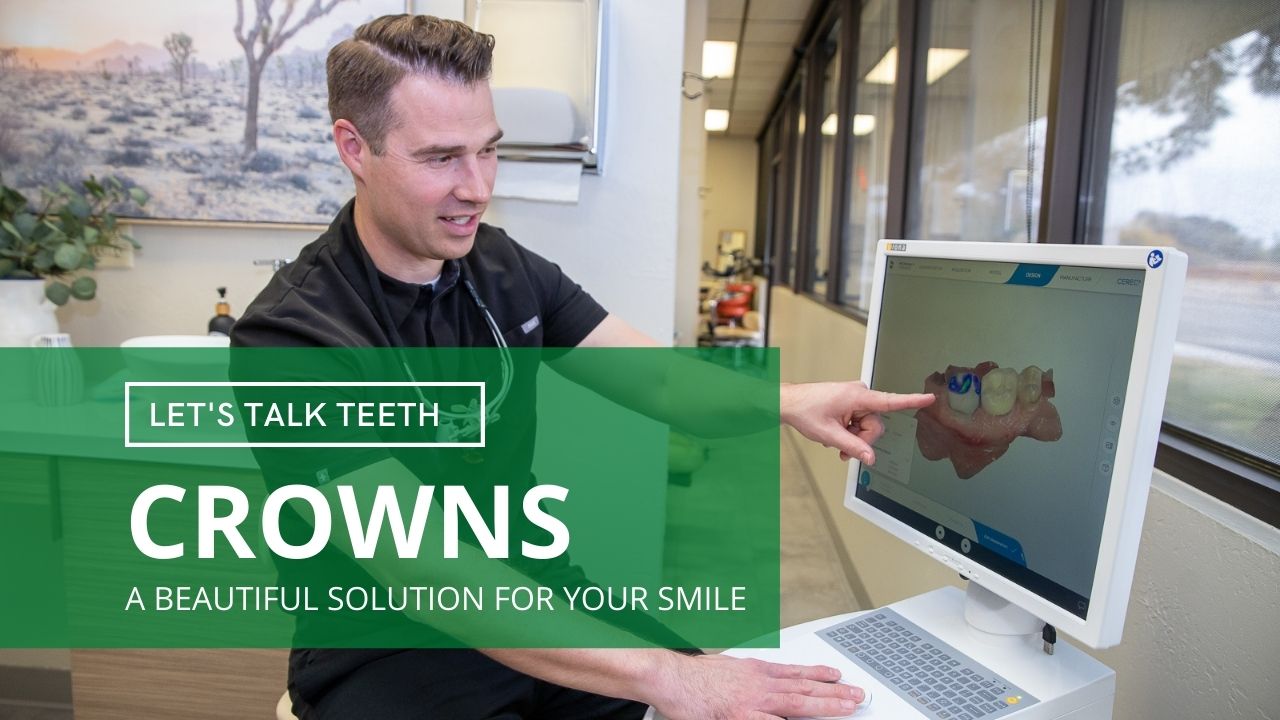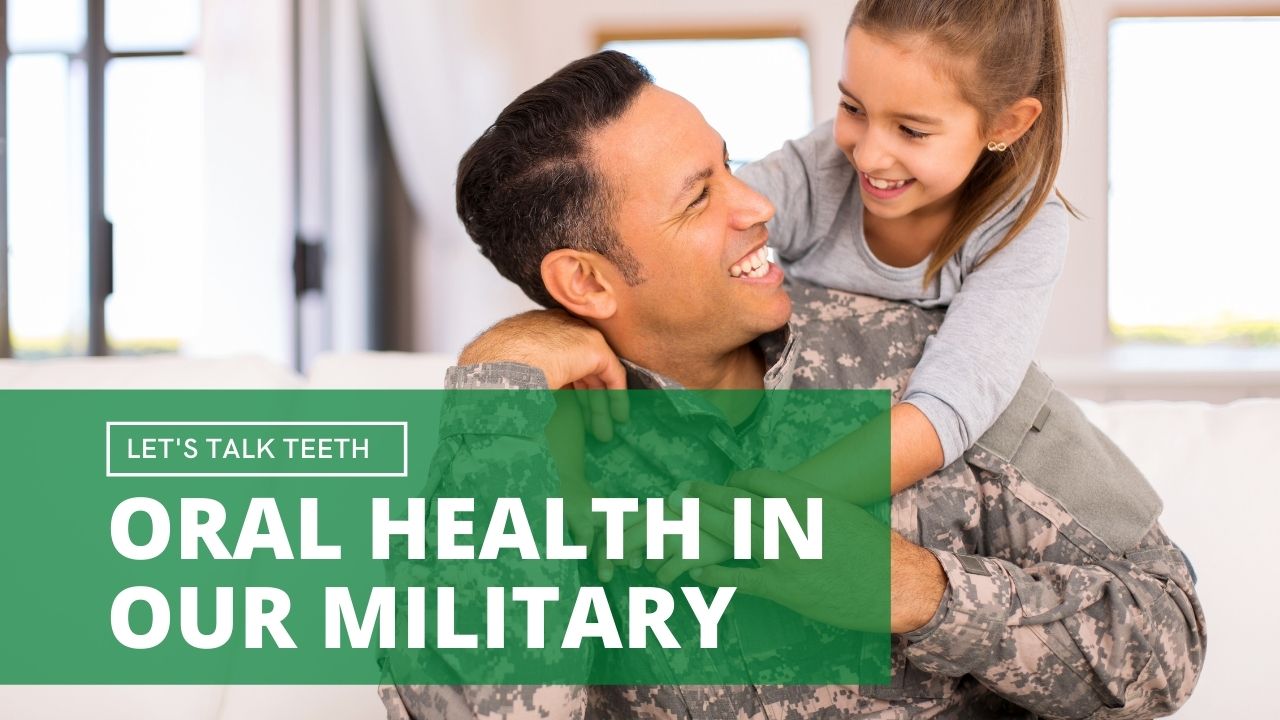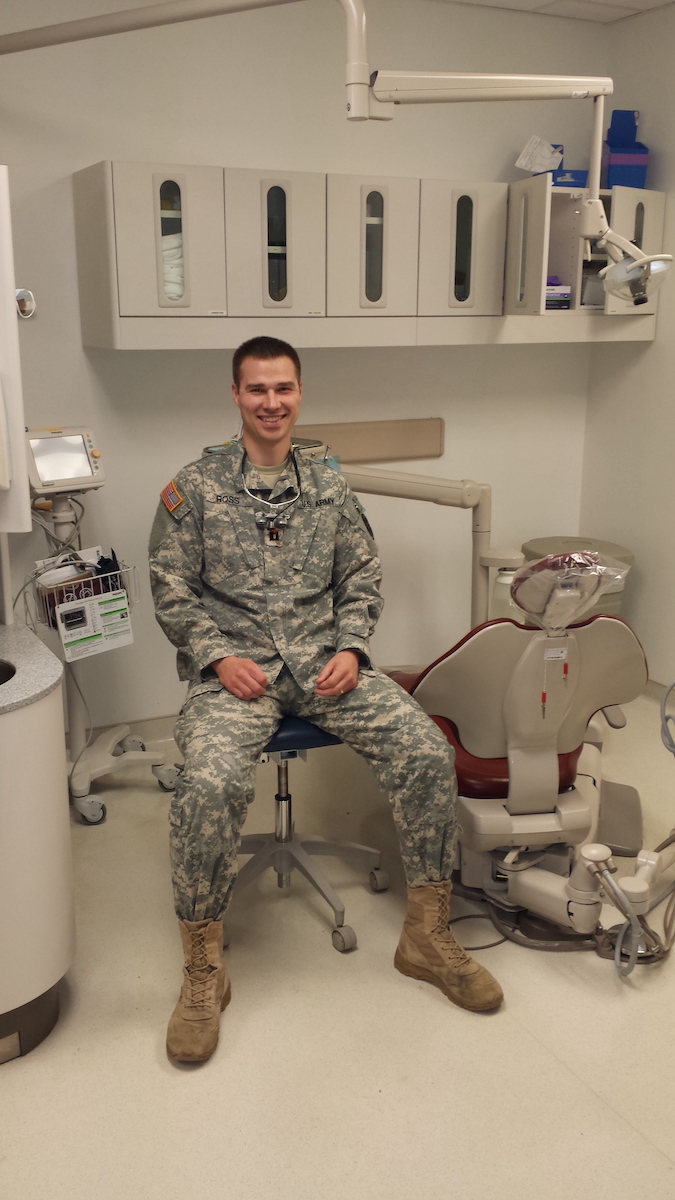Caries, the disease that causes dental decay, is the most common disease known to man. However, as with many diseases, we now know much about its cause, how it attacks, and thus how to prevent the destruction it causes.
The purpose of this paper is to assist those who wish to become proactive in preventing dental decay and even to reverse the early stages of the disease visible as white spots on the teeth.
How does caries decay teeth?
Tooth decay occurs when the carbohydrates we eat interact with a biofilm that covers the tooth surface resulting in acid formation. This acid can then overcome the protective influences of healthy saliva and dissolve the tooth itself.
Our saliva is a mechanism developed by our bodies to protect our teeth. However, the success of this mechanism depends on many factors related to our overall health and lifestyle choices.
What factors increase the risk of tooth decay?
Salivary dysfunction factors-
- Inadequate amount of saliva
- Inadequate buffering capacity of saliva
- Inadequate viscosity of saliva
Lifestyle factors-
- High sugar diet
- Grazing pattern of eating
- Acidic foods and drinks
How does saliva work to protect the teeth?
Almost everyone’s mouth contains bacteria which can cause caries and result in tooth decay. Healthy adequate saliva is our main defense against that decay. It does this by:
First, controlling the amount of acid in our mouths. Saliva should contain chemicals which buffer (neutralize) the acid produced by bacteria or taken into our mouths through food. This acid concentration is measure by a value known as pH. pH should be neutral or have a value of approximately 7. The farther it varies from this value, either up or down, the more problems we have with oral disease. Lower numbers mean we have too much acid. Higher numbers mean we have too much alkali.
Second, providing lubrication through chemicals called mucins and pralines. Our bodies produce these chemicals when we drink a proper amount of water and eat diets rich in healthy proteins.
Third, providing antimicrobial action through salivary enzymes. An enzyme called lysozyme destroys bacteria by splitting the cell walls. Another, lactoferin deprives bacteria of iron. Yet another, hypothiocyanate inhibits bacterial reproduction(?).
Fourth, by remineralizing enamel. Calcium and phosphate found in healthy saliva can actually reenter the tooth and reverse decay which has recently begun.
And fifith, by maintaining the health of the soft tissues (gums) which support the teeth. The mucins mentioned above as well as the electrolytes in the saliva protect and nourish the gums and, when healthy, fully cover the root to protect it from chemical attack.
In all of these 5 ways, healthy saliva protects our teeth from the effects of acid, erosion, and bacteria.
How does our lifestyle affect our dental health?
There are 4 primary ways in which our lifestyle choices affect the amount of dental decay we experience:
First, choose a healthy diet. A high sugar diet is a well known negative factor. Sugar provides nourishment for the bacteria that live in the biofilm that normally covers our teeth. They become so numerous that they and their waste products produce what we call “dental plaque”, that fuzzy substance we scrub off when we brush our teeth or the dental hygienist removes during dental cleanings. The bacteria produce acidch lowering the pH of the tooth surface. When the pH is in the range of 5.5-3.5 the tooth surface begins to dissolve. The bacteria are then able to reach further and further into the tooth itself, eventually even to the pulp causing abscess, pain, and death of the tooth.
Choosing to add vegetables, fruits, grains, nuts, and seeds to your diet will assure that the proper chemicals are available to produce a protective saliva.
Second, the timing of our eating is also an important choice. Eating a limited number of times reduces the exposure of teeth to acidic and sugary foods. However, our culture encourages us to eat in a pattern called “grazing”. That is, we eat small amounts frequently – snacking as we work, relax, or socialize. Tests consistently show that the number of exposures to cariogenic (decay producing) foods is the most important factor in producing caries or tooth decay. There is no clear relationship between the actual amount of sugar or acid in our food and the amount of tooth decay. It is the amount of time the tooth is exposed to such foods that is important.
The third choice we make that can seriously affect our teeth is our choice of acidic foods. The obvious such choice would be a habit of sucking on lemons. The sour taste of a lemon is due to the high acidic content and, as we have seen, acid dissolves teeth. But there are other foods which we might not think of as acidic and which we more commonly choose.
What we choose to drink is a frequent negative factor in our culture. Soft drinks, especially cola and high-energy drinks are very acidic. Sugar is often added to mask the sour or bitter taste of the acid, doubly threatening our dentition. All sweetened drinks like coffee, tea, soda, even fruit juices and milk, can decrease the pH of our mouths and threaten our teeth. Babies who are constantly given bottles or “sippy cups” of such beverages will quickly develop a circle of decay on their front teeth. The recent popularity of high energy colas and rehydrating sports drinks has produced an epidemic of new tooth decay. Water with its neutral pH is really the best drink for our dental health.
There is a fourth group of substances which, when we choose to use them, can also negatively affect our dental health. These are substances which affect the amount and quality of saliva we produce such as caffeine, alcohol, nicotine, some types of prescription drugs, and illegal drugs, most seriously methamphetamine. “Meth mouth” the decay of all teeth, often to the gum line, is the obvious give away of the methamphetamine addict. Learn more about this dangerous group of substances below.
Remember that lifestyle choices can increase your dental decay and dental decay can limit your lifestyle opportunities!
How is saliva dysfunction treated?
Since saliva is the body’s main defense mechanism against dental decay, efforts to encourage copious amounts of saliva will reap protective benefits.
The first thing we can do is to BE AWARE OF FACTORS WHICH REDUCE OR PREVENT THE FLOW OF SALIVA. Many useful and necessary prescription and over-the-counter medications interfere with saliva production through the same mechanism that is protective in other instances. The following is a list of such substances. Review the list looking for medications or other substances or treatments which may be reducing your saliva flow:
- Drugs and medications such as anorectics (appetite suppressants), cold medications such as decongestants and anticholinergics (for mucous), antidepressants, smoking cessation drugs, sedatives, hypnotics (sleep aids), antihistamines (allergy medications), anti-Parkinsonian drugs, antihypertensive agents (blood pressure medications), and diurectics (water pills).
- Radiation and chemotherapy.
- Organic disease such as Sjogren’s syndrome.
- Dehydration caused by strenuous exercise or heat without adequate water and mineral replacement.
- Caffeine, a diuretic which removes water from the body resulting in partial dehydration.
- Alcohol, another diuretic substance.
- Nicotine which is a vasoconstrictor resulting in restriction of salivary gland function. In addition, nicotine provides a low oxygen environment which encourages the multiplication of bacteria, another factor in caries development.
- Methamphetamine, an illegal drug that is noted for the dry mouth it produces.
If you find that you are at risk of reduced saliva flow through exposure to any of the above substances and you cannot avoid the substances, HERE IS A LIST OF REMEDIES that can assist you in increasing your saliva production:
- Chew sugarless gum. – Chewing gum stimulates saliva flow. Sugarless gum avoids sugar and the acid production that results. Today some gums are sweetened with XYLITOL, a naturally occurring sugar that actually inhibits bacterial growth. Trident makes a xylitol sweetened gum. Biotene makes a xylitol-containing gum which does not stick to dental work, but does break up in a shorter than normal period. The best time to chew gum is directly after eating for at least 20 minutes.
- Drink plenty of water, especially during the day and with meals. This will help to avoid subliminal dehydration and wash fermentable food particles from the mouth.
- Avoid caffeine, nicotine, alcohol, and cola, high-energy, and sports drinks. Especially avoid methamphetamine. All reduce the amount of saliva produced.
- Use artificial saliva. Biotene Oral Balance liquid is an artificial saliva which can be squirted directly into the mouth frequently during the day when your mouth feels dry or when extra saliva is needed such as after eating. It contains many of the helpful chemicals found in natural saliva.
- Suck on sugarless hard candies and breath mints. Some are even sweetened with xylitol. People with reduced saliva flow tend to have increased tendency for halitosis (bad breath). Saliva bacteria reach 10,000,000,000/ml. With low salivary flow the clearance of bacteria and desquamated epithelial cells is greatly reduced. In addition, without adequate saliva flow, the opportunity for bacteria to ascend the salivary ducts and infect the glands increases.
- Try Oral Balance Gel by Biotene. This unique oral lubricant moistens tissues and heals minor irritations. It also contains antibacterial enzymes which neutralize odors and unpleasant taste. A ¬Ω inch strip of the gel is placed on the fingertip and applied to the tongue. Additional amounts may be applied to affected areas.
What can be done about lifestyle threats?
Again avoid risky lifestyle choices like sugar, snacks, nicotine, alcohol, caffeine, colas, energy drinks, sports drinks, and drugs. But where this is not practical, there are lifestyle choices which can help to overcome some of their effects.
-
Be meticulous about oral hygiene. Brush frequently with a good antibacterial toothpaste containing fluoride. Most well-known toothpastes contain fluoride. Colgate Total containing both fluoride and antibacterial agents has been shown to reduce the bacteria with an effect which lasts for up to 12 hours. CLOSYS toothpaste and mouthwash by Rowpar contain an antibacterial. Biotene toothpaste has 3 salivary enzymes plus xylitol. You can use all in a rotating pattern. Also remember to have regular dental cleanings. Your dentist may recommend more frequent cleanings to keep your teeth free from acidic plaques.
Do a thorough cleaning. This can be done with the traditional toothbrush and floss; however, recent evidence shows that using an electric toothbrush is at least as effective as the brush/floss combination. The Oral B brush by Braun and the Sonicare are both of the quality required. WaterPik-type irrigation devices are effective at cleaning between teeth and below the gum line. In addition they can be loaded with antimicrobial mouthwash to further reduce the bacterial concentration in the mouth. Remove all the plaque from every tooth surface. It is actually more beneficial to clean your mouth before you eat than afterwards. Removing the dental plaque before you eat, removes the decay-causing bacteria so acid is not produced by metabolized sugars.
- Use fluoride. Daily use of a fluoride toothpaste is an easy choice. In addition, a 5% fluoride varnish may be applied by your dental hygienist every 3 months as an effective treatment for those susceptible to caries, especially root caries.
-
Use Xylitol. This naturally-occurring sweetener reduces dental decay by inhibiting growth of streptococcus mutans, the main bacterial agent in caries. Xylitol is usually added to gum, candy, and toothpaste. Use of the gum and/or candy may stimulate saliva production. It is also available in a granular form for use as a sugar substitute.
Since caries is a bacterial disease, it is contagious. Research has demonstrated that new mothers and pregnant women who chewed xylitol gum reduced the risk of transmitting bacteria to the mouths of their infants.
- Remineralize! Dental decay is first visible as white spots on the surface of the tooth. Now these carious lesions can often be remineralized. Destruction is stopped and reversed. This is done by treating with MI Paste by Recaldent which contains calcium phosphate. When placed on the surface of the affected tooth, a chemical is produced which can diffuse into the tooth. Disappearance of the white spot means that remineralization has occurred. MI paste also promotes the uptake of fluoride into the tooth surface reducing sensitivity and hardening the enamel. This treatment is contraindicated in the case of true lactose intolerance. MI Paste Plus also contains fluoride for ready access.
QUICK GUIDE TO DECAY PREVENTION
Be meticulous about Oral Hygiene
Eat Meals, no “grazing”
Apply Fluoride
Use Xylitol-containing products
Chew Sugar-free gum & mints
Use Saliva Substitutes as needed
Remineralize with Recaldent
Add Antibacterial Mouth Rinses as prescribed
Eat a healthy diet of Veggies, Fruits, Grains, & Nuts
Drink water
AVOID dehydration
NO caffeine, alcohol, nicotine, energy drinks, sports drinks, drugs
SERVICES AVAILABLE IN OUR OFFICE
Diagnostic Saliva Testing
Bacterial Culture
Fluoride Varnish
Pit and Fissure Sealants
Prescription Mouth Rinses
Removal of Calcified Dental Plaque
Oral Hygiene Instruction
It is my hope that you will find this information to be a practical guide which you can start using immediately to promote your own better dental health.
Warmly,
David Ross, D.M.D.






